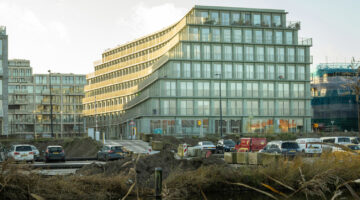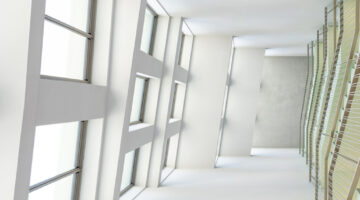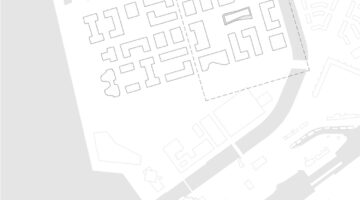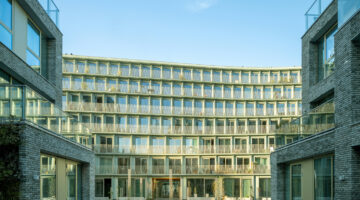





De Jakoba, Amsterdam
Main objectives of the project
De Jakoba revitalizes Amsterdam-Noord's Overhoeks neighborhood with its innovative design, addressing the city's housing crisis. The building's inward-curving structure and wavy balconies create a unique appearance, providing 135 studio apartments, each with a distinct layout. Constructed with prefabricated light green concrete elements, the building offers reduced construction costs and faster occupancy. The elegant design features polished concrete details and warm silver-gold accents, enhancing the architectural clarity and contributing to the area's dynamic urban fabric.
Date
- 2022: Construction
Stakeholders
- Architect: Studioninedots
Location
City: Amsterdam
Country/Region: Amsterdam, Netherlands
Description
Amsterdam, like many major cities, is grappling with a significant housing shortage, driven by a burgeoning population and limited space for new developments. This crisis has placed immense pressure on the city's housing market, making innovative and efficient housing solutions more crucial than ever. Amsterdam-Noord, a district known for its vibrant culture and rapid development, has become a focal point for such solutions. Among the notable projects in this area is De Jakoba Social Housing building, which injects new energy into the Overhoeks neighborhood.
Within the formal urban plan for the Overhoeks area, characterized by its un-Amsterdam, campus-like setting, De Jakoba offers a unique interpretation of the established guidelines. The urban plan mandated setbacks for buildings to minimize their perceived volume from street level. Taking advantage of this condition, the architects bent the entire volume of De Jakoba inwards, allowing the structure to stagger and curve upwards gradually, not just at the top floors but along its entire height and length. This design results in four distinct facades and wavy balconies, giving the building a recognizable appearance within its surroundings.
The building's sculptural shape ensures that each of the 135 studio apartments has a unique layout. At the heart of De Jakoba is the narrowest section, featuring an entrance passage that connects the communal garden to the street. As the building curves inward, it embraces the garden, creating a sense of shelter. The open communal garden and multifunctional spaces on the ground floor along Docklandsweg add vibrancy to the street level.
The entrance was designed to create a strong sense of arrival. Extending like a glass void over the full height of the building, the entrance offers expansive views of the collective garden and the new urban district along the IJ from all floors. The use of prefabricated facade elements allowed De Jakoba to be constructed in a very short time frame, significantly reducing construction costs and enabling residents to move into their homes much sooner.
The architecture's clarity is emphasized through the use of a single material: light green concrete. The play of lines between the horizontal bands and vertical fins of this soft green material distinguishes De Jakoba from surrounding buildings. The thin edges of the concrete panels, polished in one stroke, add attractive detailing to the facades. Powder-coated silver-gold window frames and balustrades provide a warm glow, while the subtly curved pillars create a dynamic interplay of light and shadow throughout the day.
De Jakoba not only addresses Amsterdam's pressing housing needs but also enhances the urban fabric of Amsterdam-Noord with its innovative design and vibrant community spaces. This project exemplifies how thoughtful architecture can contribute to solving the housing crisis while enriching the local environment.

